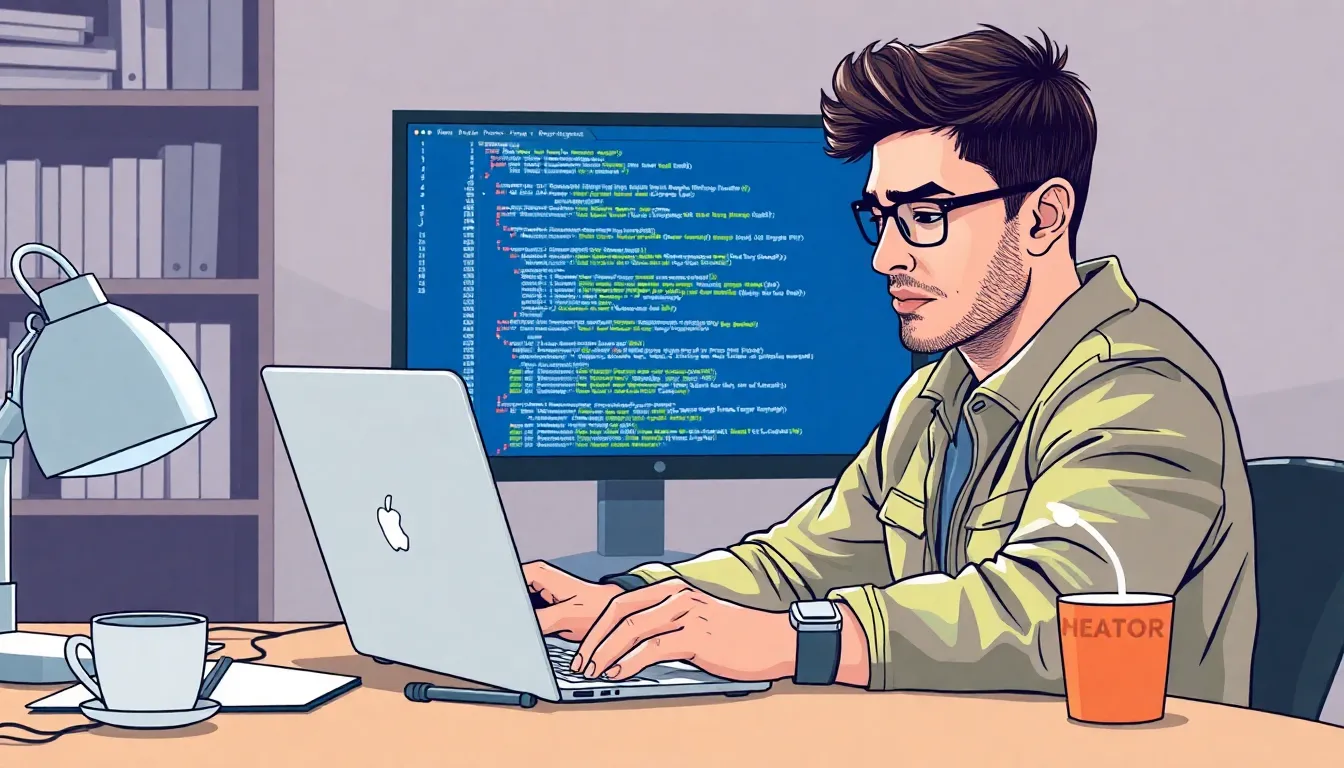If you’ve ever stumbled upon the elusive dowsstrike2045 Python code, you know it can feel like trying to find a needle in a haystack—while blindfolded. This code might seem like a digital enigma wrapped in a riddle, but fear not; there’s hope! With a sprinkle of patience and a dash of humor, fixing this code can become less of a nightmare and more of a coding adventure.
How to Fix Dowsstrike2045 Python Code
Dowsstrike2045 Python code presents various challenges that often confuse developers. Familiarity with common errors and key components eases navigation through its complexities.
Common Errors in Dowsstrike2045
Developers frequently encounter syntax errors that arise from misplaced punctuation. Logic errors often occur when conditions don’t evaluate as intended. Runtime errors disrupt execution; these happen when the code attempts an invalid operation. Misleading variable names lead to confusion, which complicates the debugging process. An error log aids in identifying and resolving issues. A careful review of error messages assists in pinpointing specific problems.
Key Components of the Code
Functions serve as the backbone of Dowsstrike2045, providing essential behavior. Each function typically encapsulates specific tasks, enhancing modularity. Classes structure the codebase, enabling the creation of objects with shared attributes and methods. Understanding libraries used in the project expands capabilities; these libraries often provide additional functionality. Properly defined variables hold values that the code manipulates, impacting its overall performance. Familiarity with data types is crucial for effective coding; these determine how the code interacts with various structures.
Steps to Fix Dowsstrike2045 Python Code

Fixing the Dowsstrike2045 Python code requires a systematic approach. The process entails several key techniques.
Debugging Techniques
Utilizing debugging tools streamlines the identification of problems within the code. Implement breakpoints to pause execution and inspect variables. Track variable states at different execution points to isolate issues. Analyze error messages for clues on syntax or logic errors. Review code line-by-line to understand flow and identify misplaced punctuation. Employ print statements to output variable values, verifying their correctness. Checking the flow of logic can reveal hidden issues, leading to quicker resolutions.
Updating Dependencies
Maintaining up-to-date dependencies enhances code functionality. Specifically, outdated libraries can introduce bugs or compatibility issues. Verify the current versions of all libraries and check for updates. Use package managers like pip to simplify the updating process. Review the release notes for breaking changes to avoid interruptions. Testing the code after an update ensures functionality remains intact. Prioritizing dependency management can preempt many common errors, making development smoother.
Best Practices for Python Coding
Effective Python coding hinges on both optimization techniques and maintaining readability. Focusing on these areas can significantly enhance code quality and performance.
Code Optimization Tips
Optimize code by using built-in functions wherever possible. Built-in functions execute faster and reduce lines of code. Remove unnecessary variables to free up memory and streamline operations. Use list comprehensions to simplify code and enhance performance, especially in data manipulation tasks. Restructure complex algorithms to minimize time complexity, ensuring tasks complete faster. Profile the code to identify bottlenecks and optimize those specific areas. Lastly, leverage libraries like NumPy and Pandas for heavy-duty data processing, which often contain optimized C implementations for performance.
Maintaining Readability
Prioritize readability by adhering to PEP 8 style guidelines. Consistent indentation, naming conventions, and spacing bolster clarity. Write comments for complex logic and document significant functions. Code organization matters; group related functions and classes to improve navigation. Use meaningful variable names to convey purpose without needing lengthy explanations. Avoid overly complicated expressions that could confuse readers. Test-driven development aids in maintaining readable code while ensuring functionality remains intact. By refactoring often, code can remain clean and accessible, catering to collaborative environments.
Conclusion
Fixing the dowsstrike2045 Python code may seem overwhelming at first but with the right approach it can become a rewarding journey. By embracing debugging techniques and maintaining a keen eye on error messages developers can effectively tackle issues that arise.
Staying updated with dependencies and adhering to best coding practices not only enhances functionality but also improves code quality. Through systematic troubleshooting and optimization methods developers can ensure their code is efficient and maintainable.
Ultimately the key lies in patience and persistence. With these tools and a positive mindset anyone can navigate the complexities of the dowsstrike2045 Python code and emerge with a refined and functional product.

